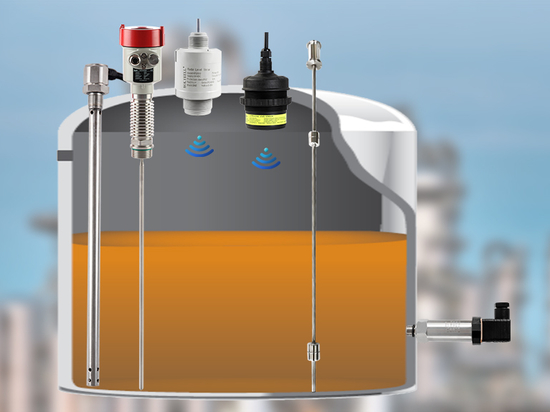
#Industry News
Pressure Definition, Units & Conversion
What is Pressure?
Pressure generally refers to the amount of force that is exerted on a certain area. The formula of pressure is usually represented by p= F/A. ‘F’ refers to the applied force, and ‘A’ is the area of the region.
Units of pressure
Here are the most commonly used units of pressure in various systems:
1. SI Unit of Pressure(International System of Units)
Pascal (Pa): This is the standard unit of pressure in the SI system. And we also use mPa (millipascal). It is a subunit of the Pascal. And kPa. They are commonly used when measuring very small pressures, such as in certain scientific and engineering applications.
1 MPa = 1,000 kPa = 1,000,000 Pa
2. CGS Unit (Centimeter-Gram-Second System)
Barye (Ba): Barye is not commonly used. It is a unit of pressure in the centimeter-gram-second (CGS) system of units, which is less commonly used today compared to the International System of Units (SI).
1 barye is equal to 1 dyne per square centimeter (dyn/cm²).
3. Imperial Units
Pounds per Square Inch (psi). Commonly used in the United States, 1 psi is the pressure resulting from a force of one pound-force applied to an area of one square inch.
4. Other Units
Atmosphere (atm): This is a unit of pressure commonly used in various contexts. Standard atmospheric pressure at sea level is approximately 101,325 Pa or 1 atm.
Torr: Named after Evangelista Torricelli, 1 torr is equal to 1 mmHg (millimeter of mercury).
Bar: 1 bar is equal to 100,000 Pa.
Technical Atmosphere (at): commonly used in certain fields, where 1 at is defined as 1 kgf/cm².
FAQs
How do we measure pressure?
Pressure values can be stated in three ways: Relative, absolute and differential. To measure these pressure values, we can use pressure sensors.





